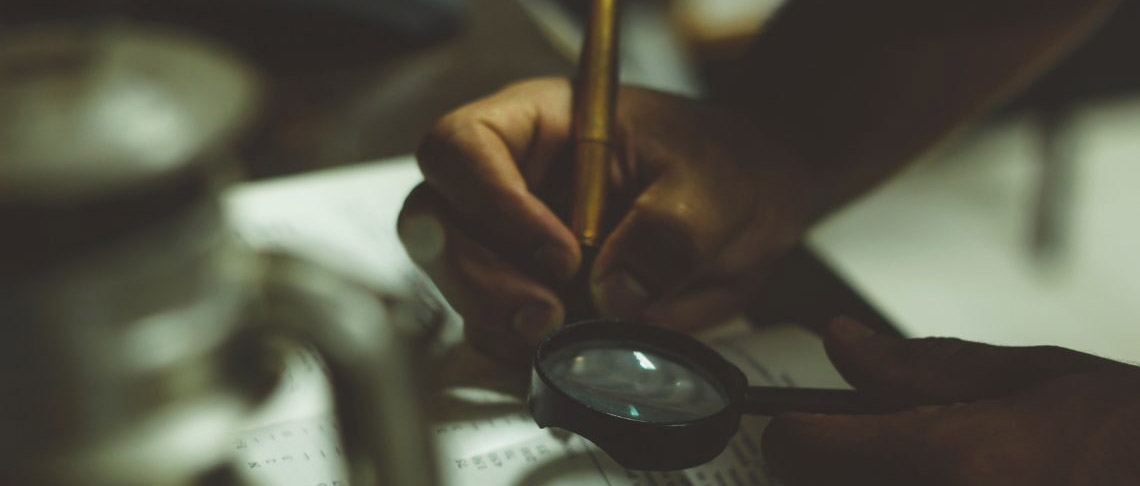
Genealogical Facts, Assertions & “The Truth”
[Excerpted from Elizabeth Shown Mills, Evidence Explained: Citing History Sources from Artifacts to Cyberspace, 3d ed. rev. (Baltimore: Genealogical Publishing Co., 2017), pp. 18–22, §1.4, 1.11.]
Our latest excerpt from Elizabeth Shown Mills’ classic work, Evidence Explained: Citing History Sources from Artifacts to Cyberspace, is one we would all do well to contemplate regularly as we conduct our research, or just go about our daily lives.
“Society speaks loosely of historical facts as though the events of history are chiseled in stone. In reality, most details we accumulate in our research will be assertions or claims, not facts. We may know ‘for a fact’ that we were involved in a particular event on a specific day. Beyond our personal experiences, however, we deal with assertions and opinions—each of which we are obliged to test for validity.
Facts do not speak for themselves. Facts are chameleons whose shape and color reflect their handlers. A beginning researcher and a skilled one can read the same information in a record and draw two separate conclusions, based upon the degree of knowledge and experience each brings to bear. As history researchers, we bear the responsibility of not just collecting facts (i.e., information), but studying the principles of research methodology, document analysis, and evidence correlation, so we can correctly interpret the information we find.
Historian Robert Winks once wrote, The past was real, but truth is relative.[1]It is also intangible and indefinable. Unlike Justice Potter Stewart’s famed definition of obscenity, we cannot say, “I’ll know it when I see it.”[2] We won’t. Historical truth is physically pliable. We begin every research project with a vision of that pot of truth awaiting us at the rainbow’s end. When we reach that end, we have only a mound of dough—dough that will be manipulated, stretched, shaped, and flavored by our own experience and standards. The principles and practices explained in the rest of this manual—are designed to help history’s truthseekers leaven, knead, and bake their dough into something that resembles probability.”
Recent Blog Posts




